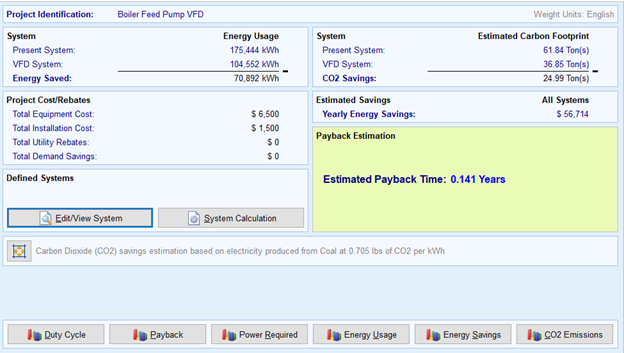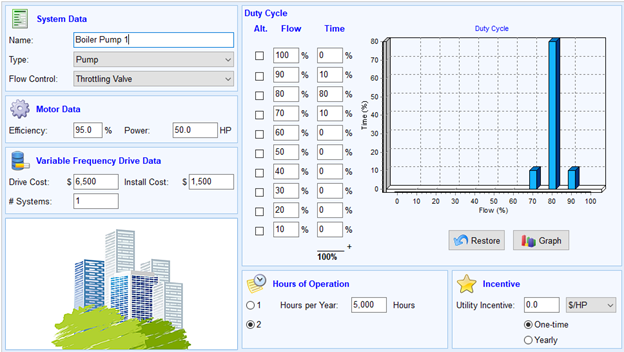Energy Savings with Variable Frequency Drives
- Robert Villarreal

- Feb 25, 2021
- 3 min read
VFDs drastically reduce energy costs and increase pump and fan efficiencies with quick ROI.
Most liquid or air handling applications are designed around what the application requirements are at full demand, whether for water pumping, dosing, HVAC or Air handling, or other centrifugal pumping. Pumps and fans are often designed to run at 100% power, whether or not the process needs full power or flow from them. Typically, flow is then controlled to meet the application needs by either mechanical means, such as valving, or electrical control with AC drives.
Typical mechanical flow control is done with throttling valves. The pump runs at full power and speed, and then a throttling device, such as a valve, is placed in the line to control the flow in the pipe. Mechanically limiting the flow leads also to pressure drops in the system, which decreases overall pumping efficiency and the unnecessary usage of energy to run the pump at full speed.
Utilizing a VFD to alter the frequency of an AC motor reduces motor speed and flow, increasing efficiency and reducing energy consumption overall versus running the pump at 100% flow and restricting flow with a valve. The change in impeller speed is correlated to a change in head pressure, flow, and energy requirements of the pump according to the Affinity Laws.

Simplified, respectively: Flow is proportional to the shaft speed. Pressure is proportional to the square of shaft the speed. Power is proportional to the cube of shaft speed.
The Affinity Laws state that the power drawn from the pump or fan is proportional to the cube of the rotational speed. For example, running a pump or fan at 80% will reduce the power used to 51.2%, leading to huge energy and cost savings overtime. So, if normal operations of a process would only require 80% pump or fan speed, and they would run at that speed most of the time unless there was an upset condition that would require a ramp up, a system could save 48.8% of the energy that is being consumed by the pump.
In addition to being able to reduce the pump speed actively, VFDs can also be used as soft starters, meaning that they also carry the same benefits of smoothing out peak power spikes during initial startup, reducing maintenance, and extending life of mechanical components; particularly in applications that have higher starting torque.
These energy savings are apparent to electricity providers as well, who often offer rebates or incentives to help cover the cost of installing VFDs. Amounts vary from state to state but can often cover all or most of the hardware and installation costs, meaning that return on investment times is extremely fast when up grading to a Variable Frequency Drive.
H2Flow Controls has developed an Energy Savings Estimator that can be used to determine the overall energy savings when switching to a VFD that can help our customers more easily realize the short- and long-term cost savings. By looking at electricity costs per kWh in the area and any rebates the state may have, an actual payback estimated timeline and yearly energy savings is calculated for any pump or fan.
Retrofitting is also an option with our full line of Emotron IP54 drives that can be standalone and not restrained to motor control cabinets that may be aging or out of space. Frontline TSG provides a full Energy Savings Estimator report completely free of charge and with no commitment – contact us to get started.










Comments